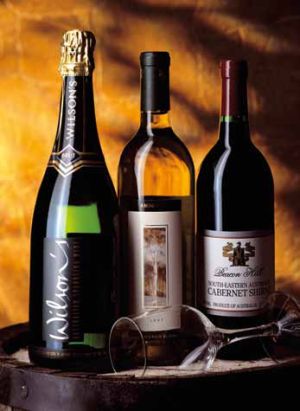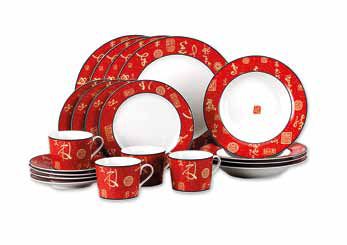articles/Digital/backfuture-page1
Back to the Future - John MacRae - part 1 of 1 2 3 4
by John MacRae Published 01/10/2010

Bottles of win and champagne
Everyone remembers the day they moved to digital. We all know when it was, where we were and how we felt. For commercial photographer John MacRae to recall this momentous event, however, he has to trawl the memory banks further back than most. As one of the UK's digital pioneers, he was thinking pixels and Photoshop while much of the rest of the photographic fraternity was still getting to grips with autofocus and programmed exposure. "I made the switch in 1992. Nobody wanted to move over, everyone thought it was just a waste of time," he tells Imagemaker. "But to me it made complete and utter sense."

In 1992 switching to digital wasn't simply a case of going into a local Jessops and picking from the wide selection of models on offer. John had tried, and been unimpressed with, Kodak's earliest attempts at a 35mm digital camera body and none of the other mainstream manufacturers had even entered the digital fray. Instead, as a commercial photographer, he moved over by way of a Phase One scanning back, which he used in conjunction with his Sinar P2 monorail camera. "The scanning back cost me £12,500 and that gave me a 25MB file at 300dpi," he recalls. A hefty investment when you consider that the recently launched Nikon D3100 will deliver a file size almost twice that size for well under £600. But at the time, the cost of digital equipment was high and further outlay followed: "My first CD writer cost £1,200 and I had a server built with two 9GB hard drives - that cost me £9,000. Computing power came from an Apple Macintosh Performa which had 16MB of RAM."
You are currently on page 1
- Back to the Future - John MacRae page 1
- Back to the Future - John MacRae page 2
- Back to the Future - John MacRae page 3
- Back to the Future - John MacRae page 4
1st Published 01/10/2010
last update 09/12/2022 14:51:25
More Digital Articles
There are 0 days to get ready for The Society of Photographers Convention and Trade Show at The Novotel London West, Hammersmith ...
which starts on Wednesday 15th January 2025





